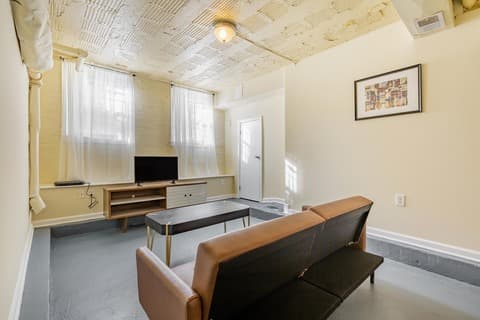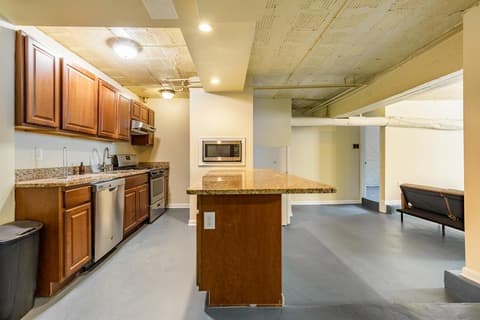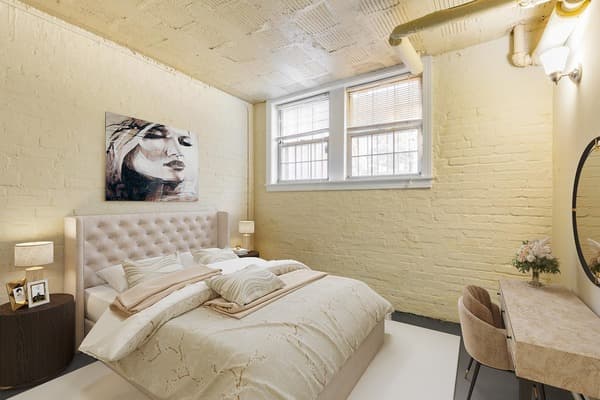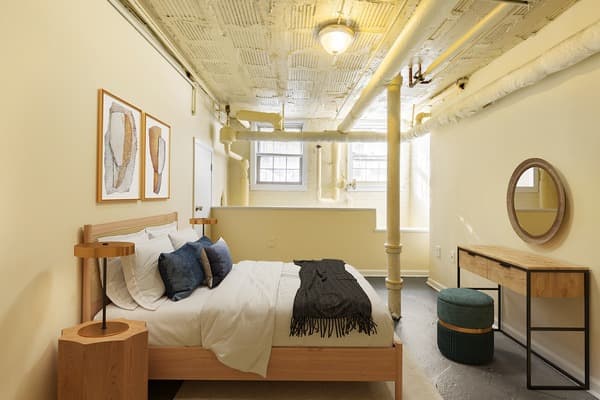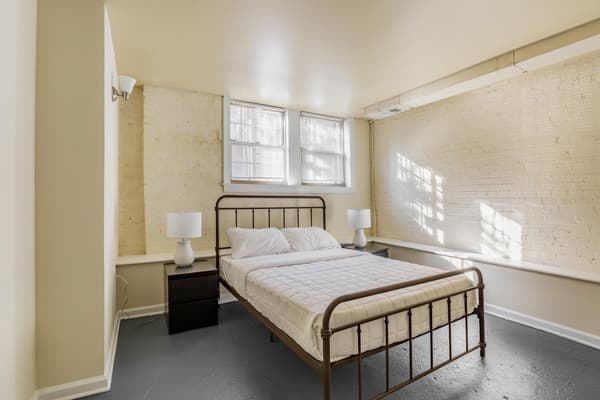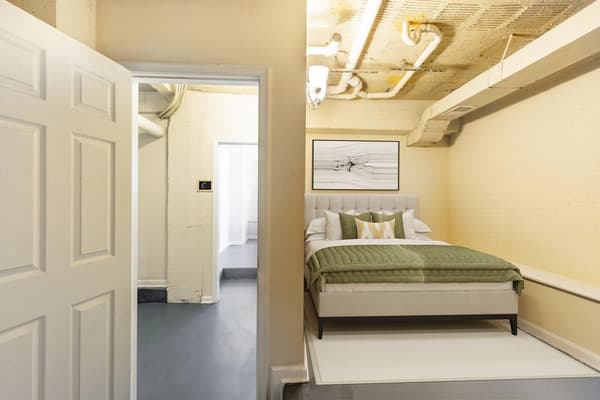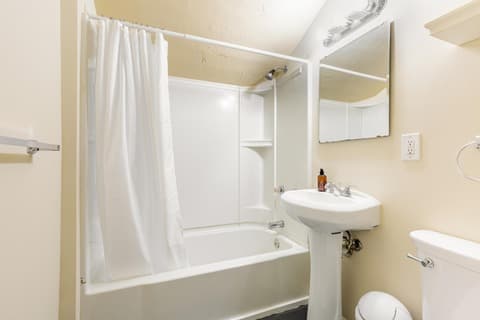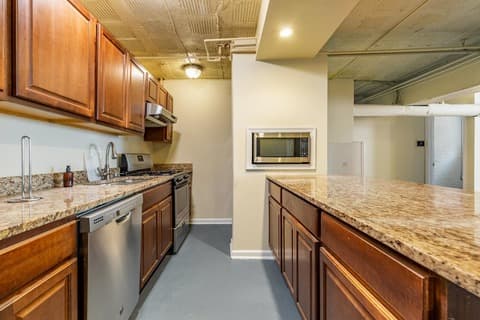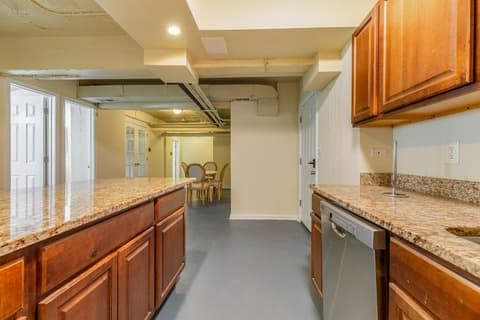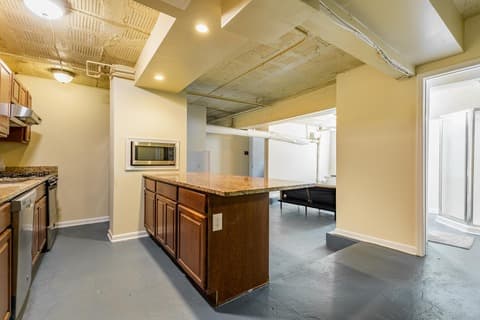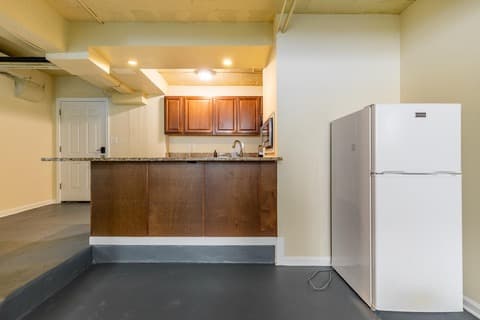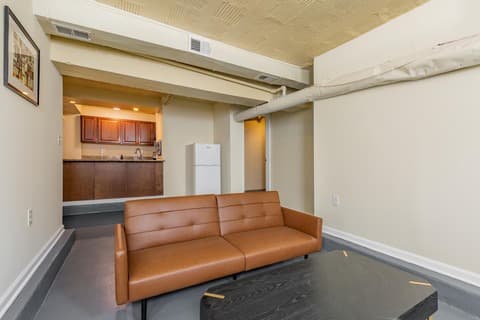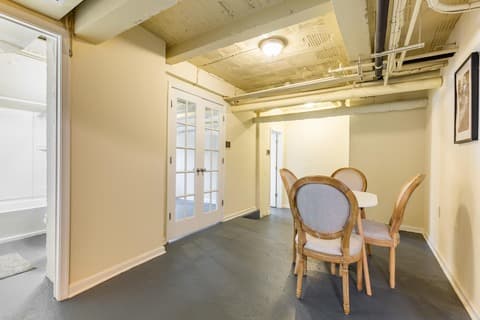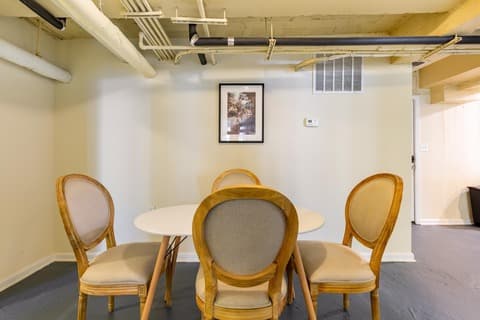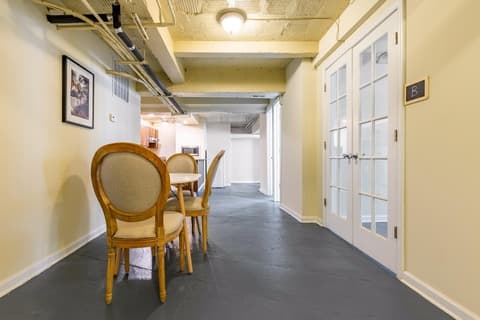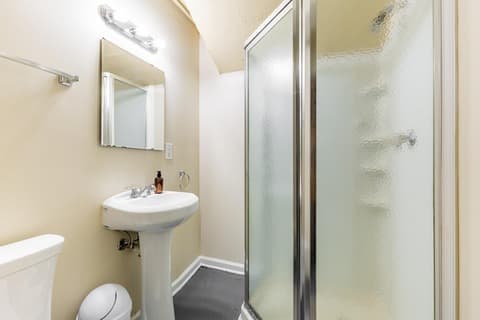5 Furnished and unfurnished apartments for rent in Dupont Circle, Washington, DC: Browse and book your perfect home today
Secure your perfect apartment in the best neighborhoods, with flexible 1-month+ leases. Apply today and move in tomorrow!
Want to book faster?
Get Pre-Approved and Book Instantly
Skip the line and get approved to instantly
book a home with June.
June Homes uses iDenfy and Plaid to provide a streamlined, quick, and secure way to verify your identity and income to calculate a range of homes you can instantly book.
Welcome to the Washington, D.C. neighborhood of Dupont Circle. A sprawling, 170-acre commercial and residential area eponymously named after the traffic circle at the center of this neighborhood, Dupont Circle overlaps with Downtown D.C. to the south. The traffic circle is named after Samuel Francis Du Pont, an admiral in the U.S. Navy during the American Civil War, whose statue once stood at the center of this D.C. landmark but was later replaced with a white marble fountain. Most of this area remained largely undeveloped until after the Civil War when many people began relocating to Dupont Circle, creating a need for residences and new structures. This neighborhood experienced a significant developmental boom during the late 19th and early 20th centuries when numerous mansions and rowhouses cropped up along the avenues that intersect the circle. These homes exhibited a variety of architectural styles that were popular during those years, such as Italianate, Queen Anne, Renaissance Revival, and Romanesque. Dupont Circle experienced a slight downturn between the years following World War II. In 1970, property investors and urban pioneers began moving back into this somewhat neglected area fueling a period of gentrification that extended well into the 1990s.
Dupont Circle today is a mainstream area filled with bars, coffee shops, restaurants, and retail stores, most of which are along Connecticut Avenue, the main commercial corridor leading into this area from Downtown. Some of Washington, D.C.’s best eateries and upscale dining establishments are located on Connecticut Avenue. Home to numerous foreign embassies, most of which are in historic buildings and residences, a large portion of Dupont Circle is listed on the National Register of Historic Places. While many of the palatial mansions that once lined the circle have been replaced with modern commercial buildings, the historic Patterson Mansion still stands today, serving as a reminder of this neighborhood’s prestigious character. Once home to prominent African American leaders, the historic district of Striver’s Section offers unique residential buildings with Edwardian architecture. A majority of the housing stock in Dupont Circle consists of expensive apartments and luxury condominiums located in contemporary buildings on tree-lined avenues that intersect the traffic circle. There are also numerous apartments in historic rowhouses that have been remodeled and repurposed into multi-family residences.
This neighborhood is served by Dupont Circle station on the highly-traveled Red Line of the Washington Metro. There are also numerous bus routes and bus stops, making Dupont Circle an easily accessible area for commuters and tourists. While Connecticut Avenue offers a little bit of something for everyone, the commercial district along 14th Street in neighboring Logan Circle is another popular destination for shoppers and foodies. If you are looking for fresh produce and other specialty foods from locally-owned and operated farms, be sure to check out the weekly farmers market on 20th Street, between Connecticut and Massachusetts avenues. This area is also known for its LGBT presence. Dupont Circle hosts the nation’s fourth-largest pride festival each June.
Neighborhoods
Apartments and Rooms for Rent
Rent Nearby Washington, DC Universities
Rent Nearby Washington, DC Hospitals
- MedStar Washington Hospital Center
- George Washington University Hospital
- Children's National Medical Center
- MedStar Georgetown University Hospital
- Howard University Hospital
- Sibley Memorial Hospital
- Washington D.C. VA Medical Center
- MedStar National Rehabilitation Hospital
- Psychiatric Institute of Washington
- St. Elizabeths Hospital
- BridgePoint Hospital Capitol Hill
- The HSC Pediatric Center
- Children's National Emergency Department
- BridgePoint Continuing Care Hospital National Harborside










































